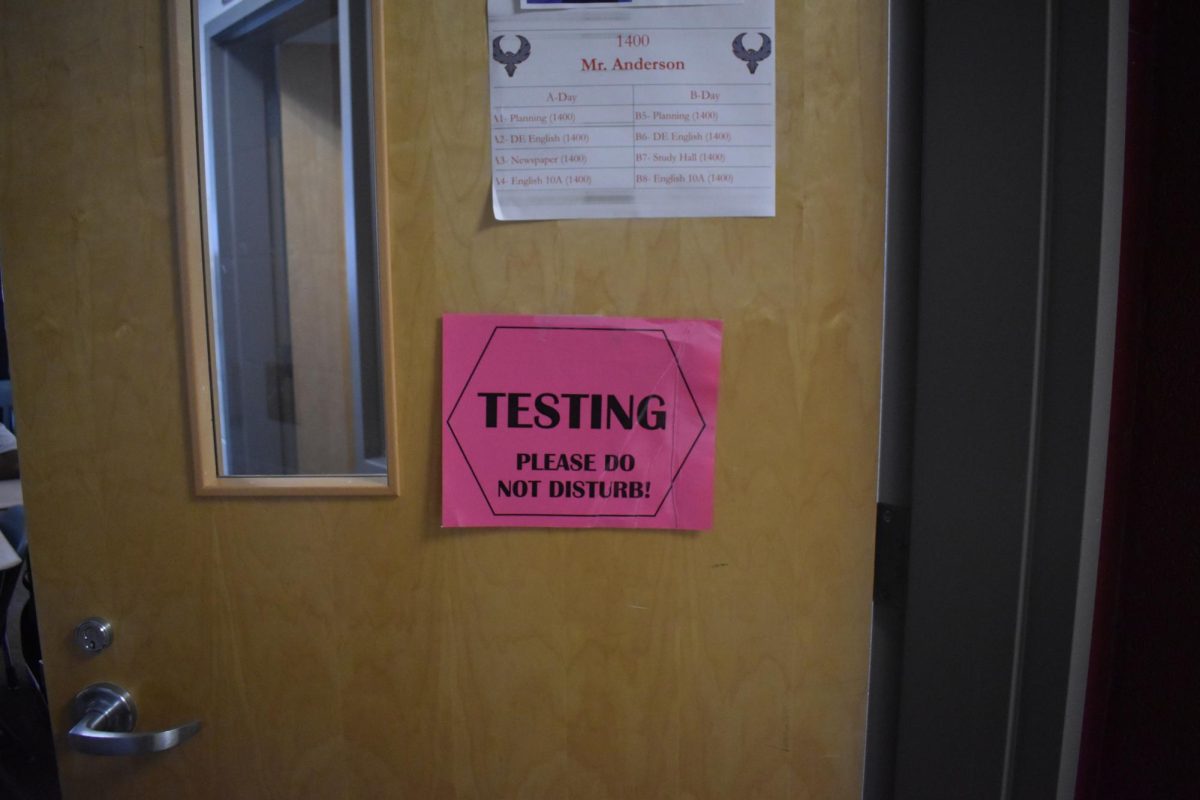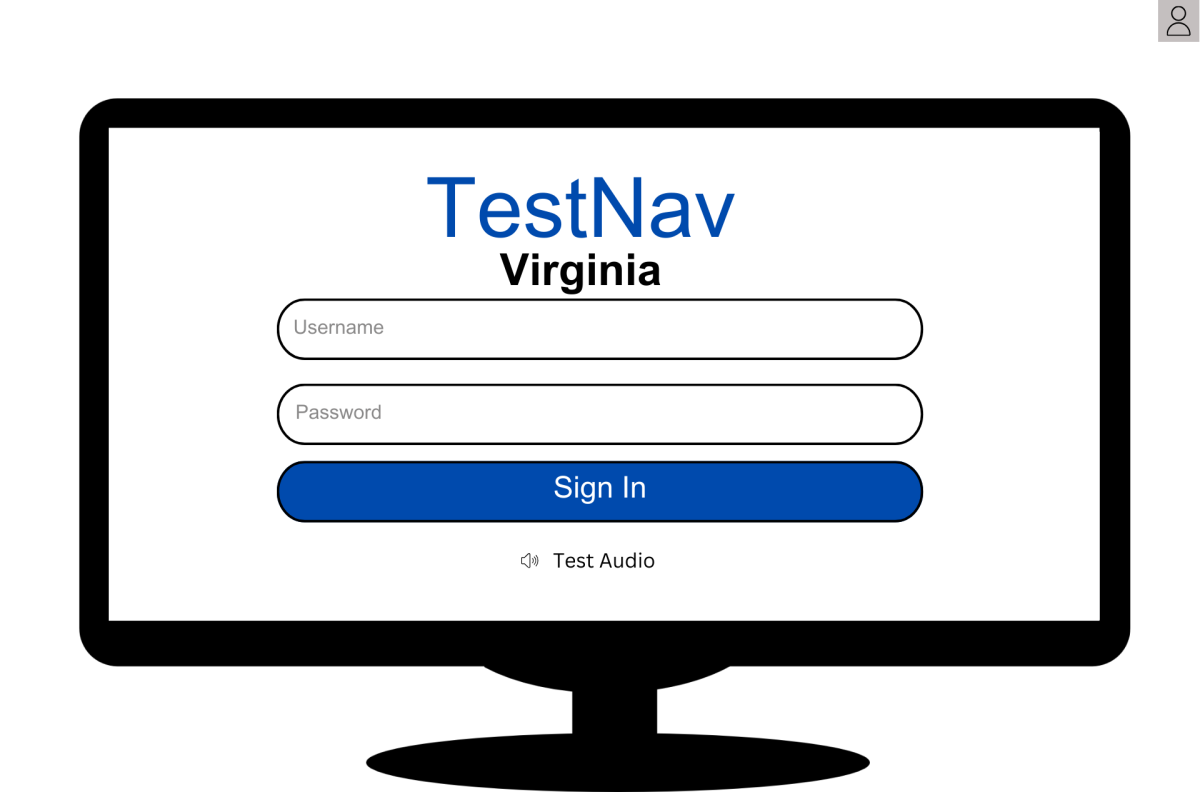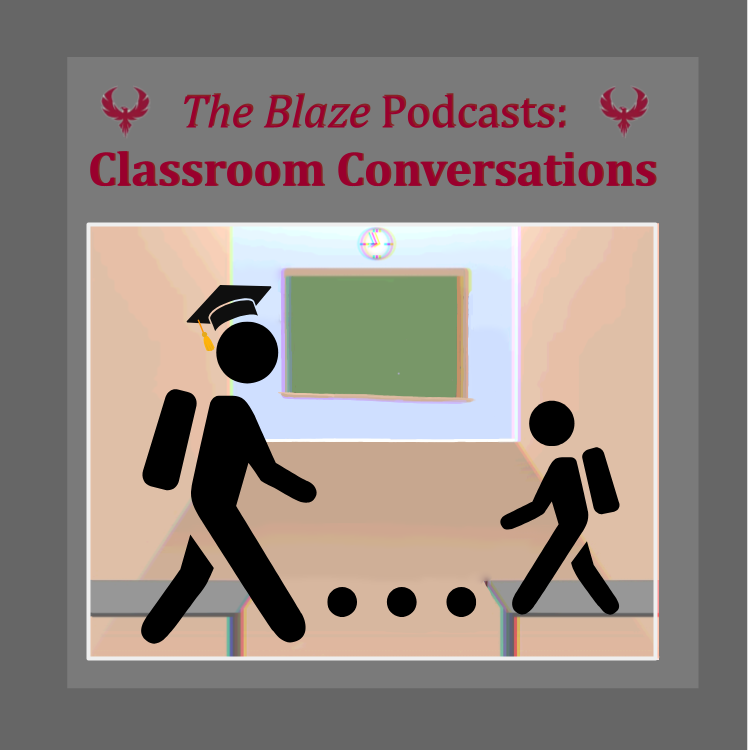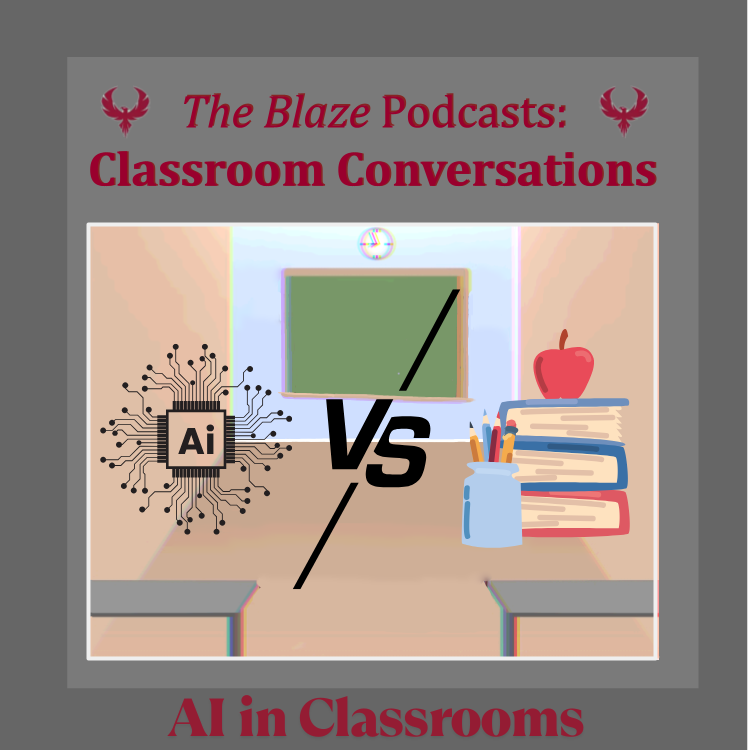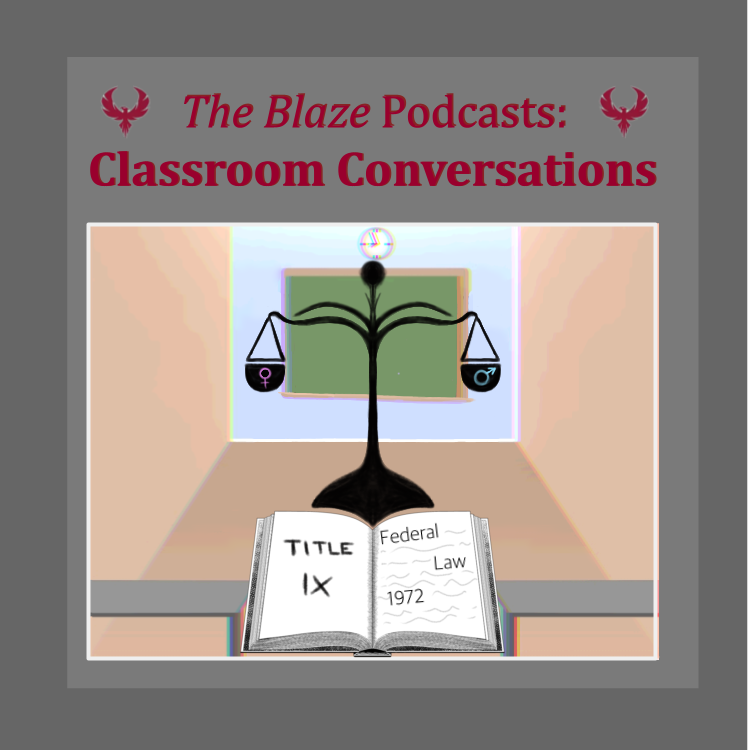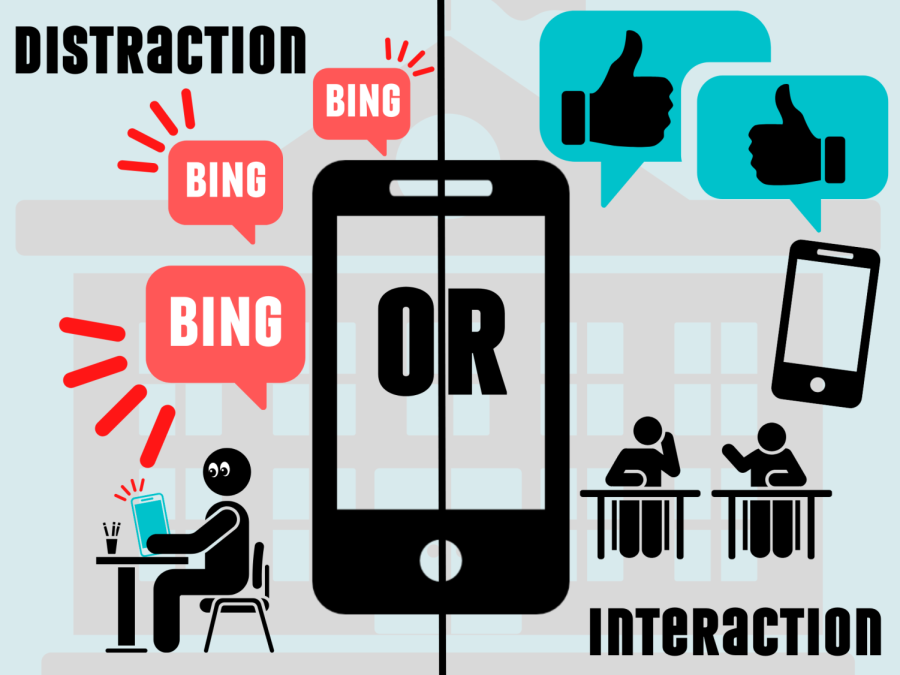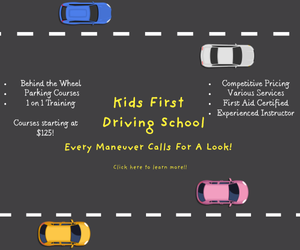Cell Phones in School: Distraction or Interaction?
We have grown used to having our cell phones always by our side, even in the classroom. With all its tools and functionalities, they can help to increase productivity, but at the same can also be distracting and impact social relationships. Do we want them to stay in the classroom?
Cell phones can be a great tool and help student interaction, but incorporating them into the classroom can lead to distraction and interfere with students’ learning.
January 25, 2023
Whether it is to research a random fact on the internet, checking the time, or replying to a message a friend just sent, cell phones have become a constant part of our life. Cell phones travel in our back pocket, backpack, or in our hand with us wherever we go and are always in reach.
As we’ve grown older, cell phone regulation in school has shifted from teachers telling us to put our phones away, to them being our own responsibility and a part of our school day. While they have many benefits that make our school day easier, such as quick access to tools like timer, calculator, and instant messaging function, they can easily become a distraction and even lead to lower grades. They also impact the quality of our conversations and connection to other students. So how do we tackle this challenge?
Classroom Efficiency – Interactions
Phones provide many opportunities to move the classroom forward. They allow quick access to a wide range of functionalities from photo apps to search browsers. For some students, listening to music while working on a class assignment can help them focus. Cell phones are also a great tool for classroom interaction; they can change up routines or can help remember content material with websites and learning apps such as ‘Kahoot!’ or ‘Quizlet.’
Cell phones are also great for better organization. We can use them as calendars, note-taking devices and to-do lists quickly because they are always in reach. By accumulating information all in one place, organization via phones works for many students better than noting information into agendas or post-its that can get lost and are never around when you need them.
In terms of communication, cell phones provide rapid feedback between teachers and students, and facilitate coordination of group projects outside classroom time through avenues like group chats.
Classroom Disruption: Distraction and Social Barrier
So if phones are so beneficial for a classroom environment, do we need to change anything? The issue is that phones as productivity tools can easily turn into disruptions in the classroom. Constant messages and notifications tear us out of our concentration bubble and have us enter another world on Instagram, Tik Tok, or YouTube. Just turning off the phone though doesn’t do the trick, as the mere presence of your cell phone impacts cognitive abilities and creative thinking, like your learning.
It has become a routine to reach for our phone whenever we want to take our mind off of what we’re doing at the moment. Using phones for entertainment rather than information while the teacher is talking results in a split of attention that can harm students’ ability to retain classroom information and understand the content. Research has shown that this leads to lower test scores.
Furthermore, constantly checking or being on the phone can set up a divide between you and your classmates. Although phones help efficient communication in many situations, in face-to-face conversations the presence of a phone by your side may impact the quality of conversation or connection.
Freshman Megha Ashodha believes a more social lunch break can be enjoyed without phone usage. “I feel like [phone usage in lunch breaks] is unnecessary because lunch is the only time we can meet people from other classes and it feels like it creates a barrier without any connection,” Ashodha said. “Why connect on the phone when you can actually connect in real life and have a good discussion?”
For junior AJ Seshadri, allowing students to go on their cell phones in their free time at school can be a barrier to building personal connections through talking. However, he also sees opportunity in using cell phones in less structured class time. “I know sometimes students in my class will do cell phone games together, and it’s actually a way to talk, using technology to contact classmates,” Seshadri said.
Getting Aware and Realizing Responsibility
So if cell phones are distracting and intervene negatively with our education, what can we do about that? Should we not have them in the classroom?
English teacher Sean Heron agrees that cell phones have the potential to create distraction, but for him it doesn’t mean that they should be excluded from the classroom. He thinks that cell phones are “obviously here to stay” and allowing students to take their phones out from time to time has a purpose. “I think as teachers we need to always create the most authentic environment we can,” Heron said, “If students are going to be entering the workforce with their phones, how do we find ways to have students work productively, efficiently and meaningful with [their] cell phones?”
Whether cell phones stay in the classroom or not may not be our choice as students. However, how we deal with our cell phone usage totally lies in our hands. We have a choice. Becoming aware and trying to execute phone use balance may be difficult as it is more challenging for teens to restrain impulses, like reaching for their phone. Nevertheless, this doesn’t mean we should continue to subject ourselves to the distracting power our phones have next time they buzz into a conversation.

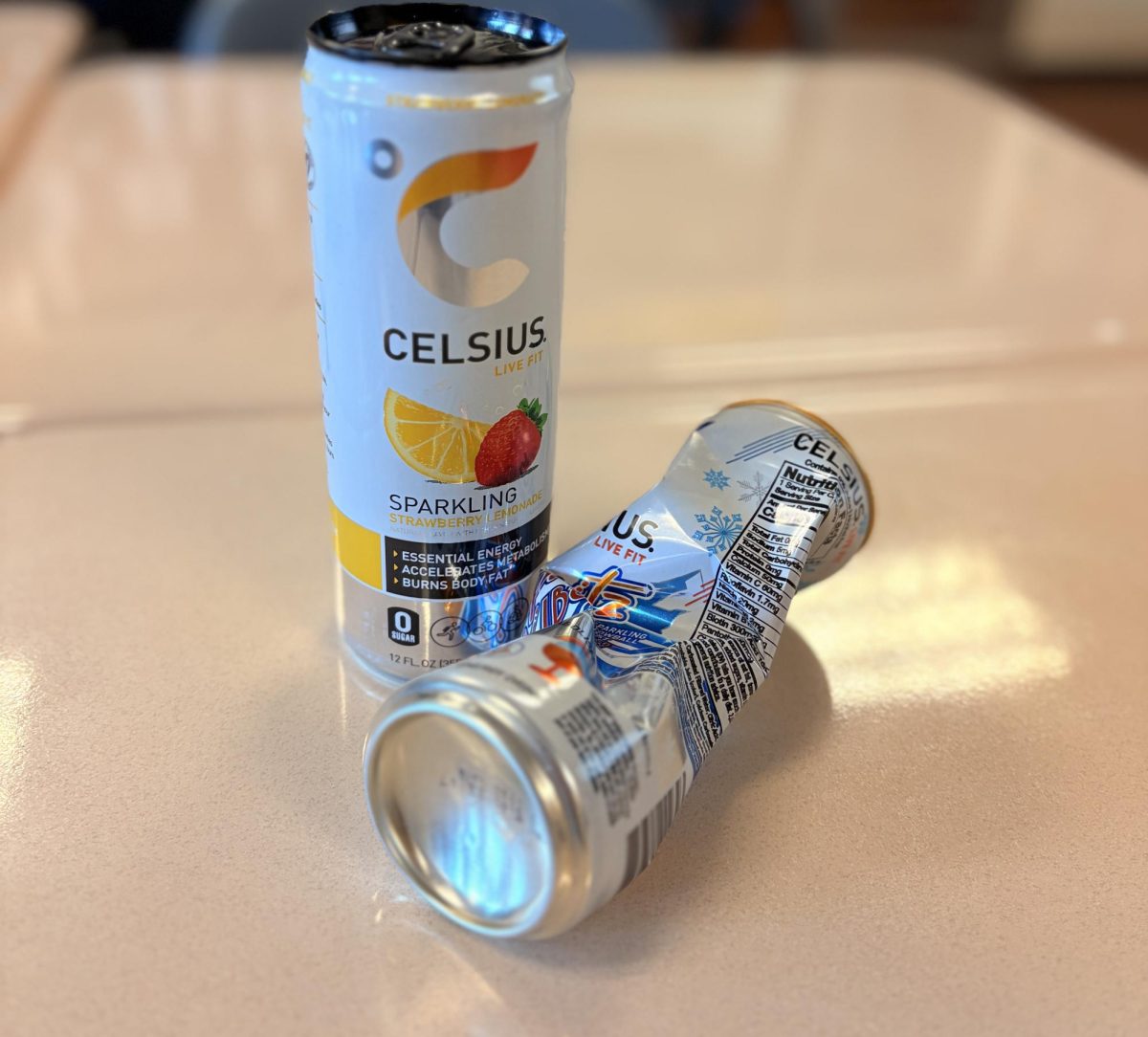



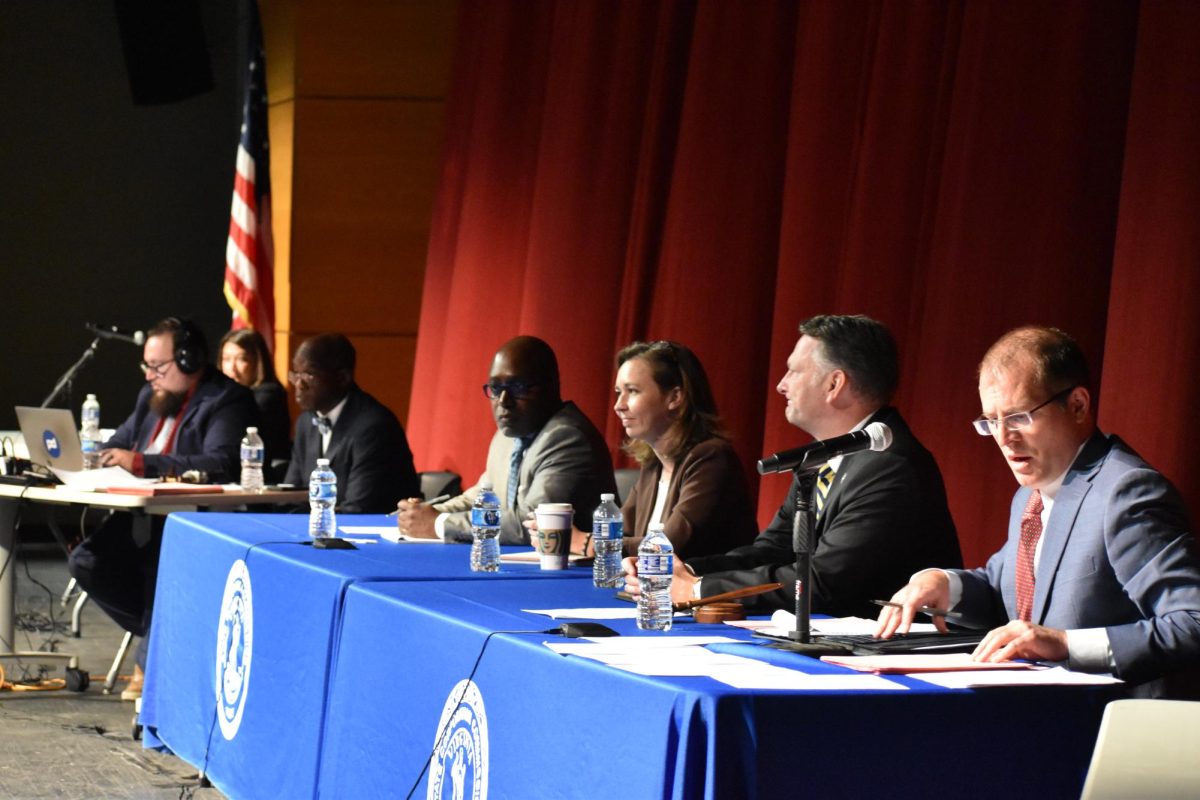










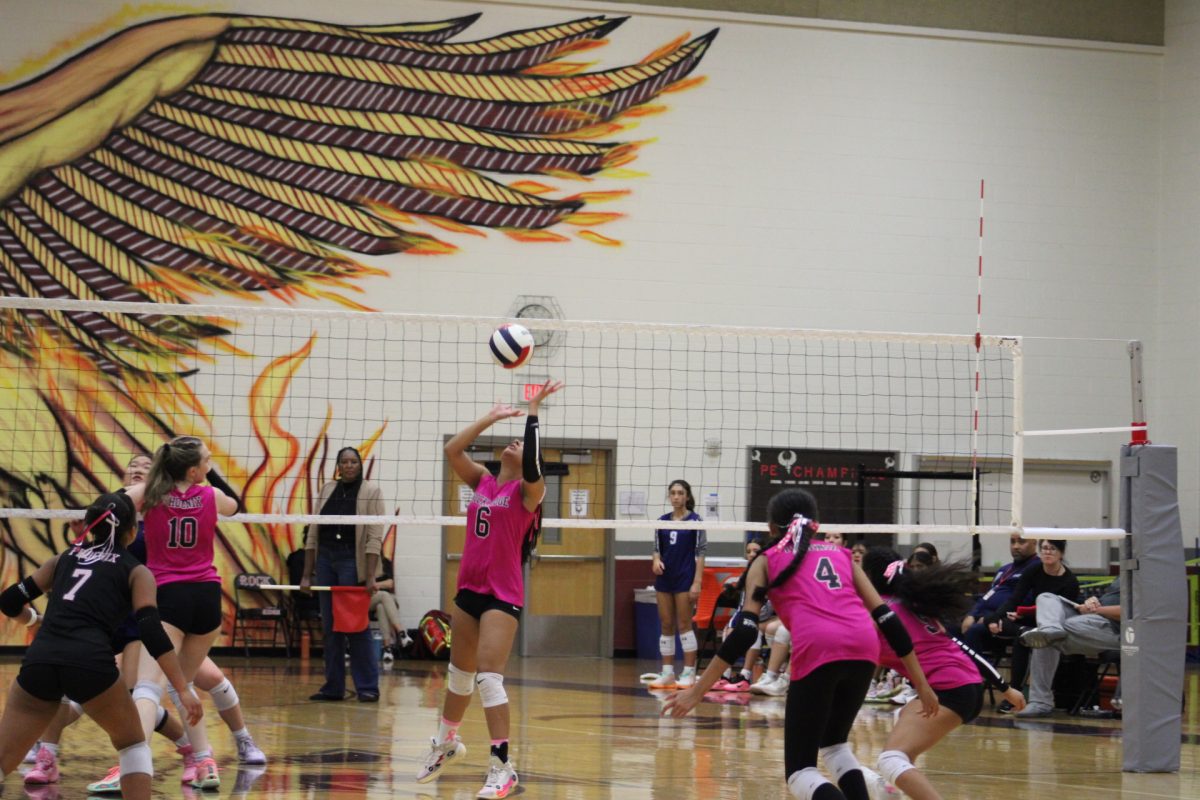







![The Phoenix varsity volleyball team lines up for the national anthem. “We were more communicative [with each other] during this game, and I feel like we kept our energy up, especially after the first set,” senior Jessica Valdov said.](https://theblazerrhs.com/wp-content/uploads/2024/10/DSC_0202-1200x800.jpg)

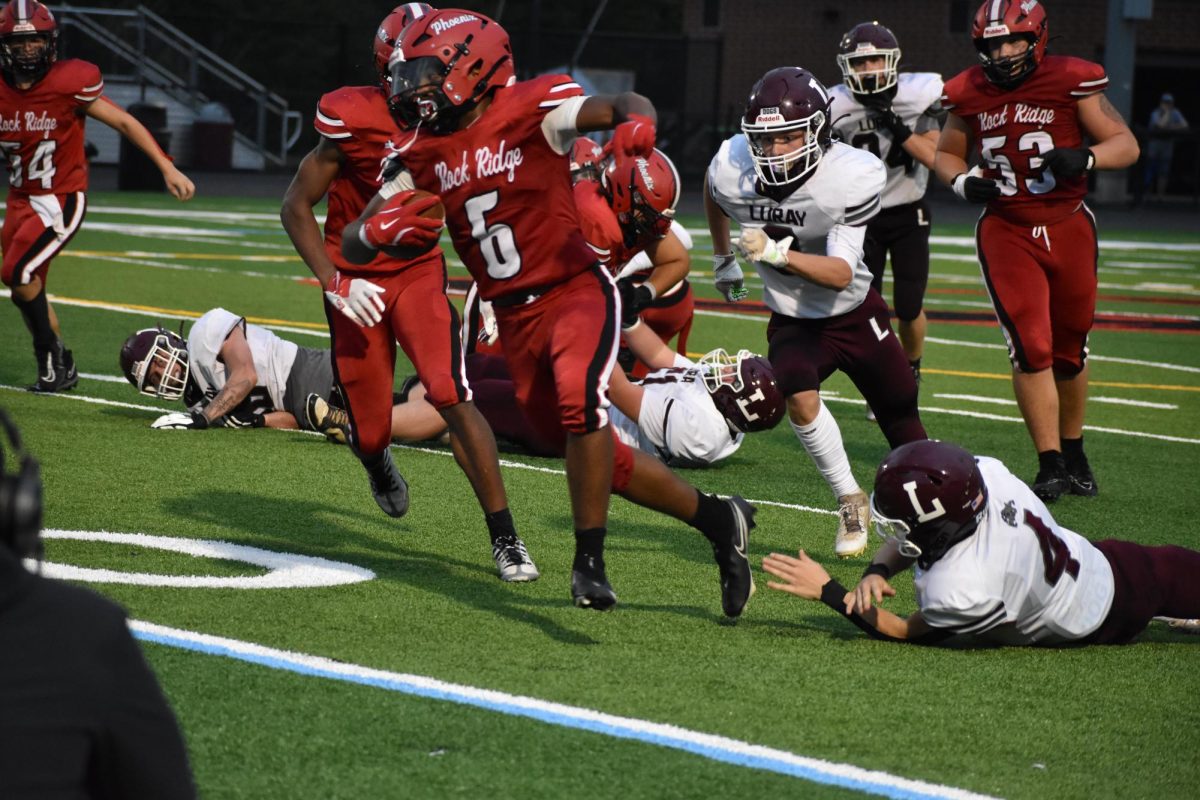


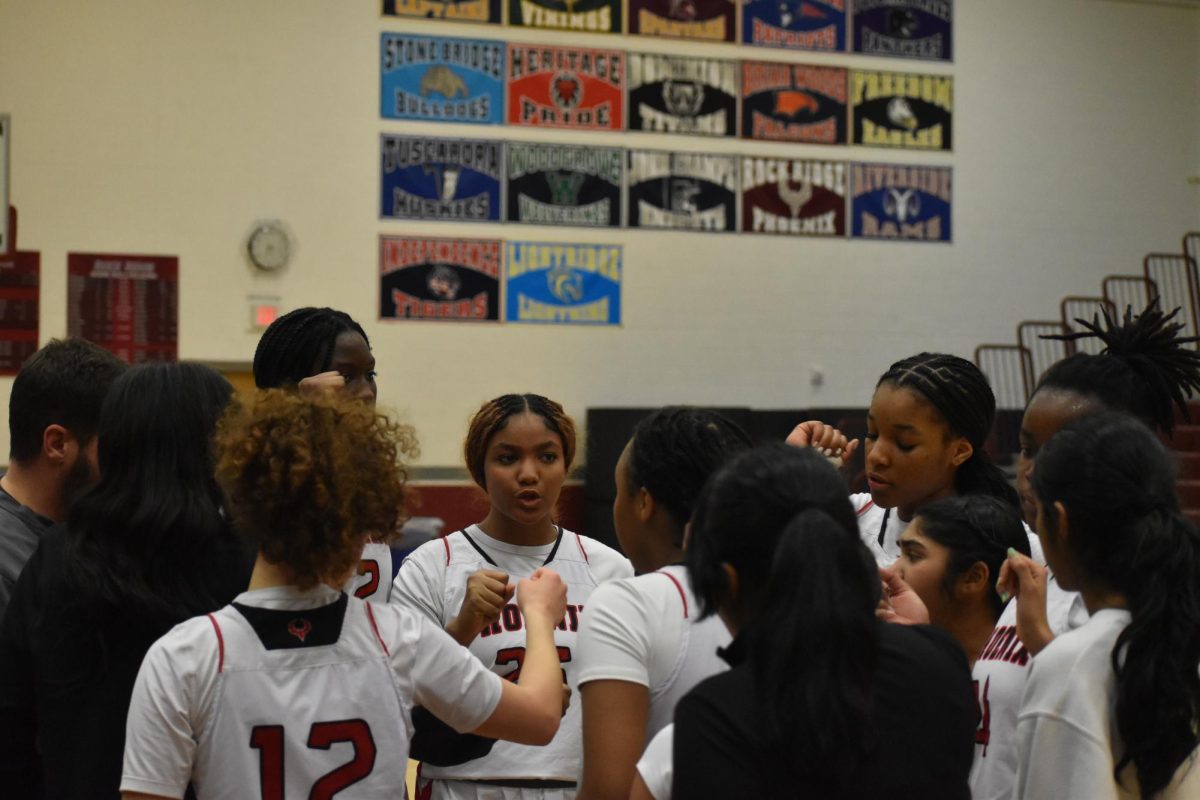


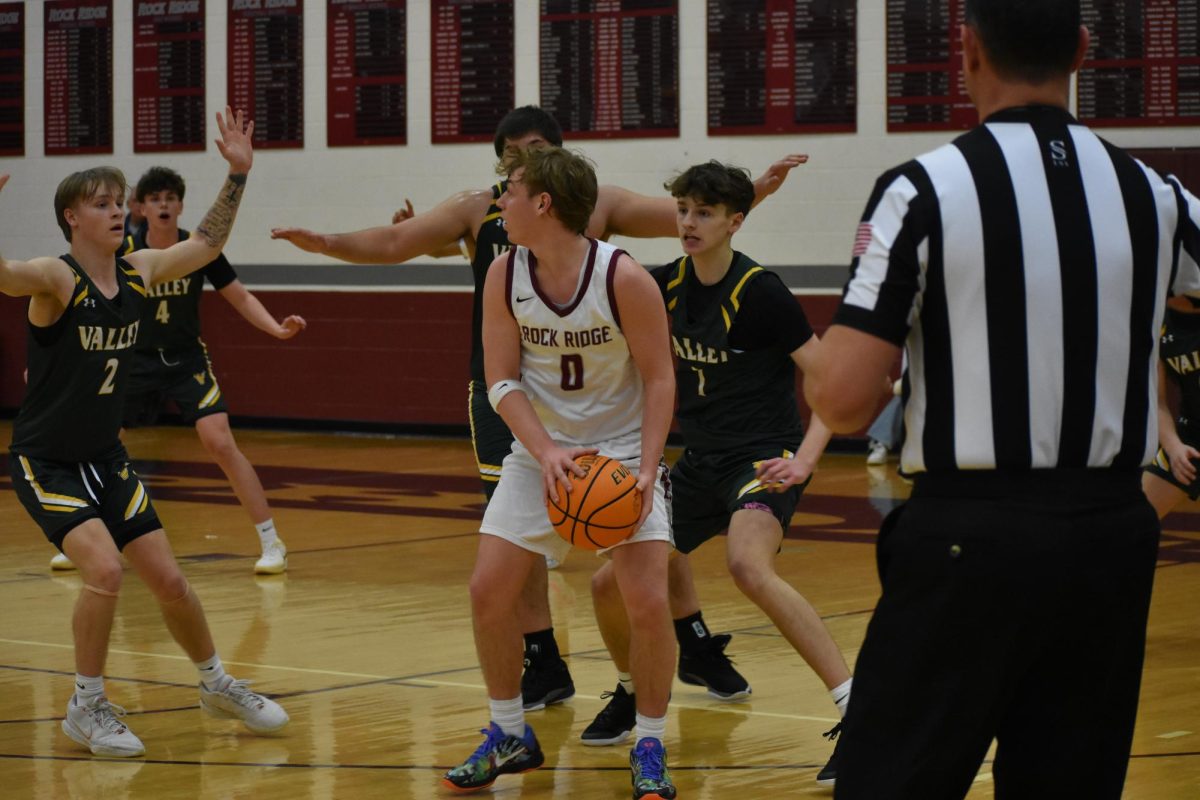


![Junior Alex Alkhal pitches the ball. “[I] just let it go and keep practicing so we can focus on our goal for the next game to get better as a team,” Alkhal said.](https://theblazerrhs.com/wp-content/uploads/2025/05/DSC_0013-1-1200x929.jpg)







